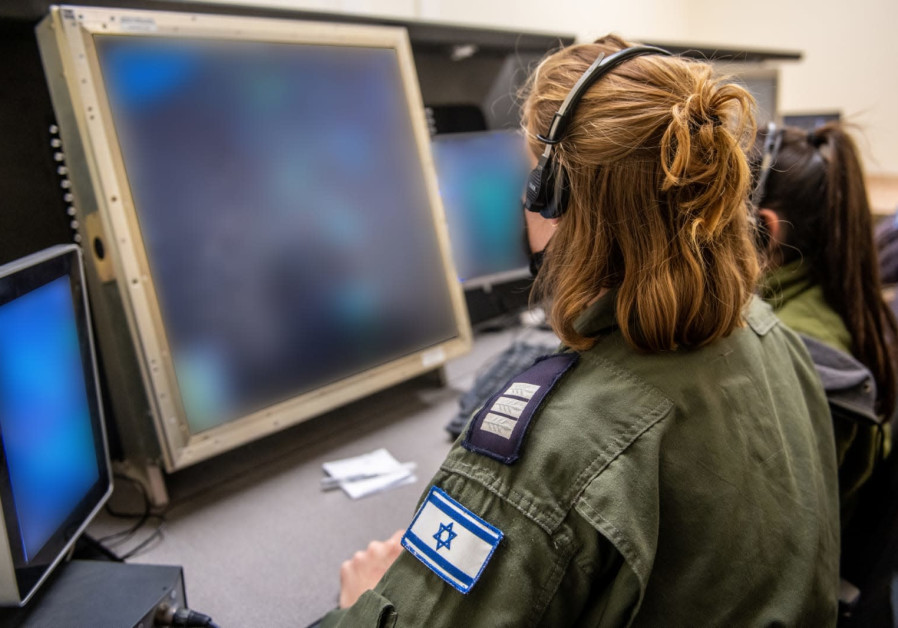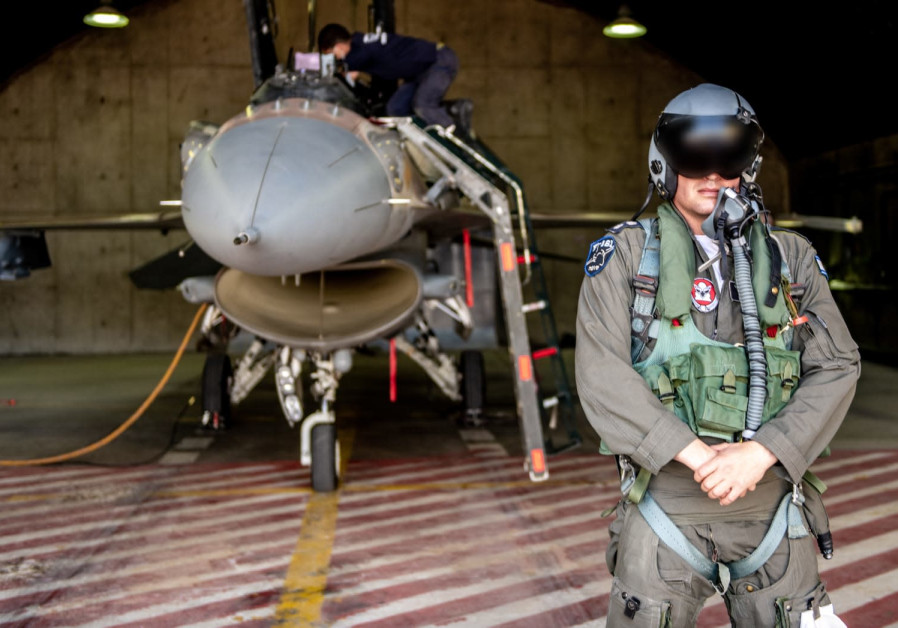One of the most major challenges the Israel Air Force (IAF) has to face is to maintain its ability to operate in the skies of region.
The ability is constantly being challenged by Israel’s enemies.
An example of that was given just last week when an anti-aircraft missile was launched at a UAV carrying out a mission over the skies of Lebanon.
We often do not hear about these kinds of things from the IDF; usually, it is Syrian media that indicated that anti-aircraft systems are operated against IAF fight jets.

But above, the IAF needs a functioning system of command that supports the pilots in carrying out their missions.
Within this mechanism is the IAF’s control division, which provides the entire system a clear, updated, and comprehensive image of what's going on in Israel skies at every given moment.
This division has two main tasks — controlling what is happening in the sky, and monitoring who is flying and where; and making sure that no foreign entity gets into the Israeli sky without permission.
When a pilot is carrying out a mission, a controller is accompanying him or her from the ground, and not only constantly providing an updated image of the sky, but also serves as a connecting link between the IAF’s central command to the pilot.
This week, one of Israel’s regional control units is carrying out a series of joint drills with the 119th Squadron.
The purpose of the drill is to tighten and improve the coordination between the fighting unit to the guiding unit.
Maj. O. a senior officer in the control unit who oversees the drill, told the Jerusalem Post on Wednesday that as part of the drill, both sides got to experience how the other side operates.
“We came here to their squadron, and we’re staying here for two weeks,” he said. “Our entire day is with the pilots — we’re joining their morning briefings and we see how is their day-to-day routine goes. We are even eating breakfasts with them — all just to get to know each other, and understand that there is more than just the voice of the controller and pilot on the other side,” he added.
“We’re not doing just for fun,” he said. “We are constantly developing our relations with other operational units to improve our abilities. We want that all parties involved in operational activities to be at their best.

Both B. and O. mentioned the famous learning mechanism of the IAF, in which after both drills and operations, every small detail is investigated and learned.
“We have a strong mechanism of learning and investigating. We sit together and examine what we practiced. We see that was good, and what needs to be improved.
“Later, it is translated into procedures and orders that will help us during operations,” B. said.
THE 119th Squadron operated the “Sufa” (Strom) F16i and is located at the Ramon Air Force Base in the Negev.
B. said that the way he sees it, their fighter jet is currently at its best.
“15 years after the squadron got it, we can say that we are after the absorption stage of the jet, and after the improvements it underwent.

B. stressed that as a commander, his goal is that everyone operating the jet — and the people supporting it on the ground — will all master their skills, and at the same time learn who to work together better.
“This linkage between all the elements — if the discourse between them won’t be clear and quick — it could result in a bad scenario,” he said.
“For example, when one of the elements — such as the controller — sees an anti-aircraft battery during an operation, but the system does not work for, it could cost us a downing of a fighter jet. This series of drills help us strengthen these ties, and multiplies our strength,” he said.
